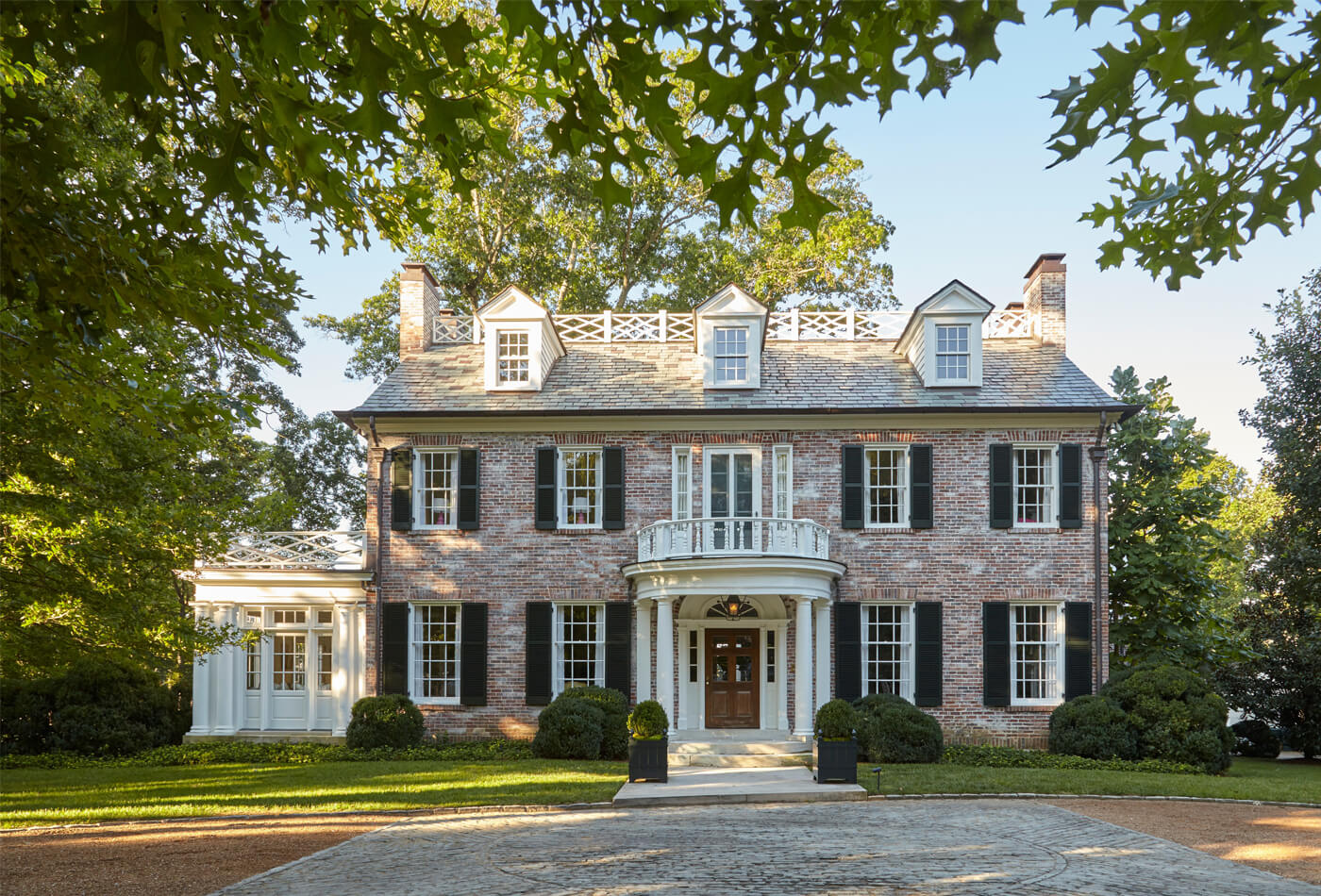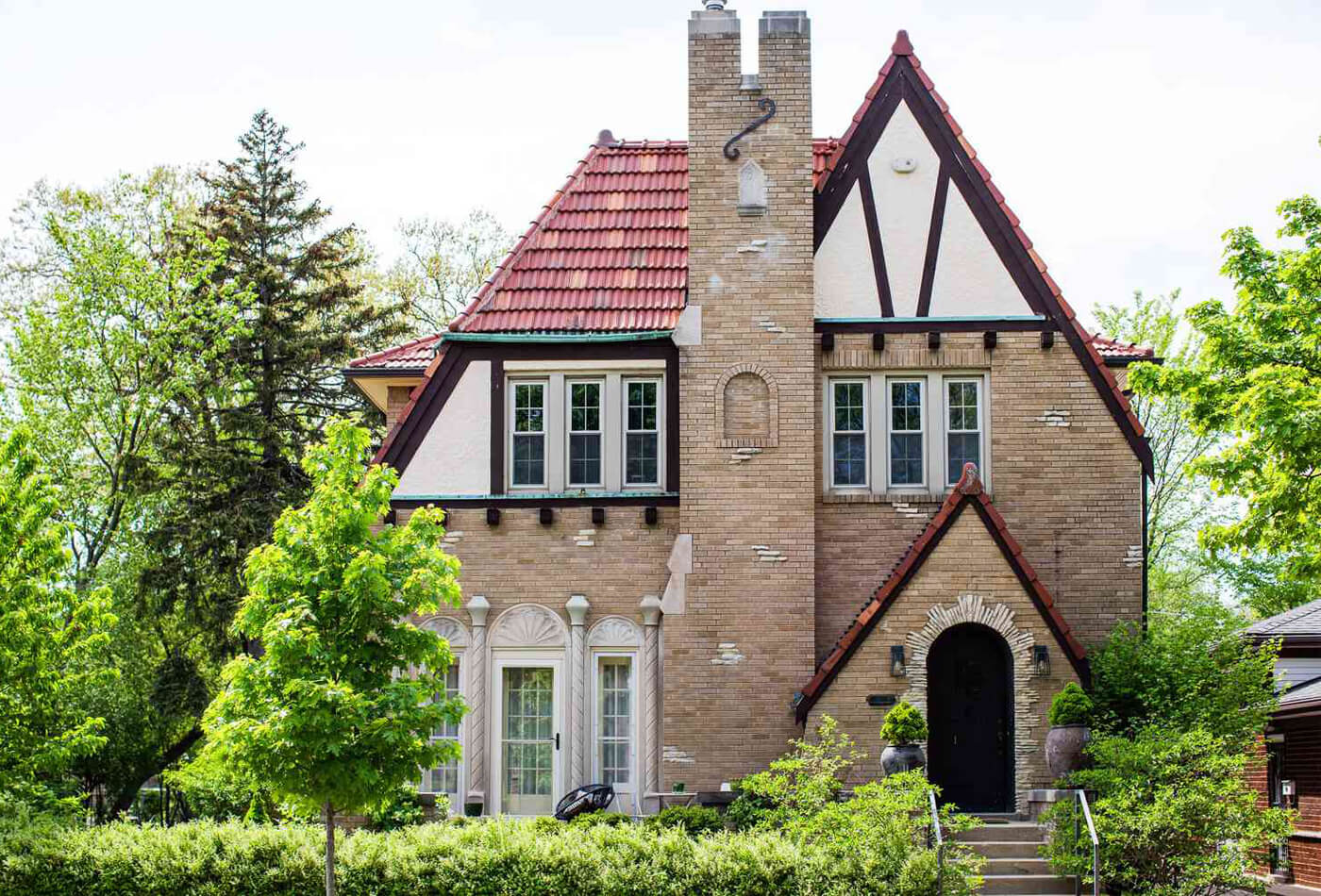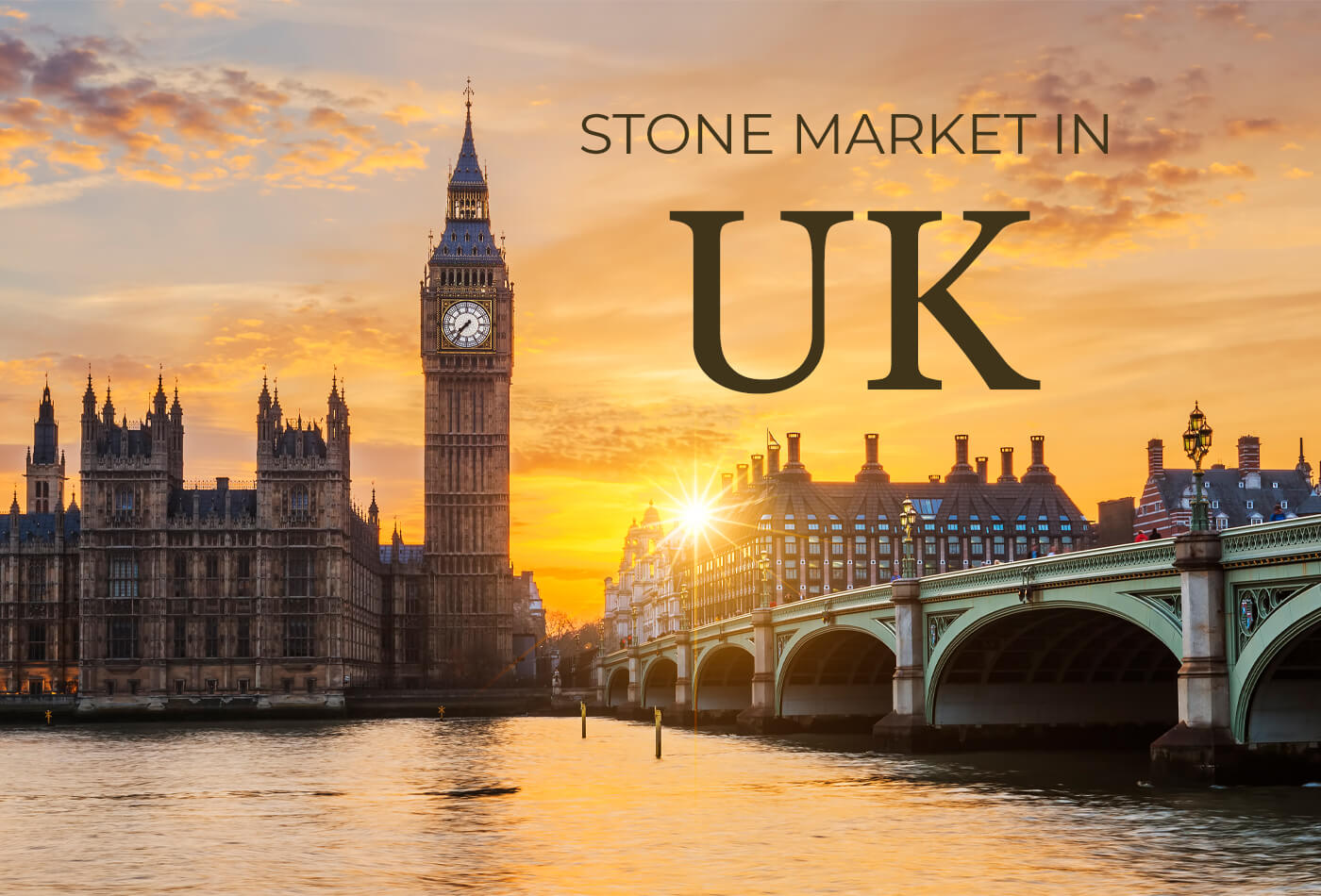Table Of Contents
Georgian architecture, a style that originated in 18th-century Britain during the reigns of the first four King Georges, has left an indelible mark on the world of architecture. This classic and elegant design movement has stood the test of time, influencing countless buildings, both historic and contemporary. In this article, we will delve into the key features, historical context, and enduring legacy of Georgian architecture.
Historical Background Of Georgian Architecture:

The Georgian era, spanning from 1714 to 1830, was marked by significant political, social, and cultural changes. During this period, Britain was transitioning from a tumultuous past, marked by civil wars and monarchy clashes, to a more stable and prosperous society. It was also a time of growing colonial power and trade, which had a profound influence on architectural aesthetics. Georgian architecture emerged as a response to these evolving dynamics.
BUTTERMILK CLASSICO QUARTZ
£383.35 Buttermilk Classico Quartz has a beige-cream base colour as the name suggests. It is a flawlessly polished stone with a shiny surface that is very adaptable in terms of design and use. It comes in slabs that are standard sizes.… read more |
CREMA MARFIL MARBLE
£289.70 Crema Marfil Marble has a cream coloured base that features thin veins running from one end to the other. The slab creates fascinating stone designs for splashbacks, worktops, facades, fire hearths, etc. The pattern looks very captivating to the eyes… read more |
SINAI PEARL LIMESTONE
£257.11 Sinai Pearl Limestone is an array of Limestone acknowledged for its striking glance and sturdiness. Shells, coral, and other natural components grow over time to form it. This magnificent stone originates from the Sinai Peninsula in Egypt. Its most distinctive… read more |
Georgian Architecture Key Characteristics:
Georgian architecture is renowned for its symmetry, proportion, and adherence to classical principles. Here are some of its defining characteristics.
Georgian Architecture Symmetry

Georgian architecture is known for its strong emphasis on symmetry. It is an architectural style that was popular during the 18th and early 19th centuries, named after the British monarchs George I, II, and III. Symmetry is a key feature of this style, and it is often seen in various elements of Georgian buildings, both exterior and interior.
Proportion Of Georgian Architecture
Georgian architecture is characterized by symmetry, classical influences, and an emphasis on proportion and balance. It typically features simple lines, brick or stone construction, and evenly spaced windows. The proportion of Georgian architecture varies by region, but it can be found in significant numbers in the United Kingdom and former British colonies like the United States. Its enduring appeal lies in its timeless elegance and adherence to architectural harmony.
A focus on proportion is another hallmark of this style. Buildings are often designed in accordance with the Golden Ratio, creating a sense of harmony and visual appeal.
Classical Element

Georgian architecture draws heavily from classical Greek and Roman design. This is evident in the use of columns, pilasters, pediments, and other classical motifs. Symmetry and proportion are paramount, with a focus on balanced facades, rectangular shapes, and harmonious compositions. These classical elements imbue Georgian architecture with a sense of timeless grandeur and elegance.
Sash Windows
Sash windows are a characteristic feature of Georgian architecture, especially in stone-built structures. These windows consist of vertically sliding panels, each with multiple panes of glass. In stone Georgian buildings, the sash windows are often framed by finely carved stone surrounds, enhancing the facade's grandeur. These windows not only provide a classic and symmetrical look but also allow for improved ventilation and natural light in Georgian stone-built structures, adding to their timeless charm.
Decorative Elements

Georgian architecture in stone is adorned with various decorative elements that contribute to its elegant grandeur. Common stone decorative elements include finely carved cornices, balustrades, pilasters, and intricate lintels. Additionally, ornate doorways with elaborate stone surrounds and pediments are prevalent, enhancing the buildings' overall aesthetic. These decorative features in Georgian architecture in stone showcase a commitment to craftsmanship and classical design, epitomizing timeless sophistication.
Enduring Influence
Georgian architecture’s enduring influence can be seen in various forms around the world. Many historical buildings, such as the white house in the United States and the Royal Crescent in Bath, England showcase its timeless beauty. Moreover, contemporary architects continue to draw inspiration from Georgian design principles, infusing them with modern twists.
Georgian architecture’s legacy extends beyond its aesthetic appeal. It symbolizes an era of stability, refinement, and a commitment to classical ideals. Today, it continues to be a source of inspiration for those seeking to create timeless, elegant, and harmonious architectural designs.
Georgian Architecture With Stones:

Georgian architecture frequently incorporates stone as a primary building material, particularly in the United kingdom. Buildings are often constructed using locally sourced stone, such as Limestone or Sandstone, which provides durability and a sense of permanence. The use of stones in Georgian architecture enhance its classical and timeless aesthetic, contributing to the enduring appeal of this architectural style. Stone facades, pilasters. And ornate detailing are common features in Georgian stone building, exuding a sense of safely elegance.
For more collections, call 03330 113 5868 and Get a Free Quote.
MOCA CONTRE PASSE EXTRA LIMESTONE
£255.77 Moca Contre Passe Extra is a variety of limestone that can be recognised through its beige tone which gives the floors, walls, countertops, and other architectural structures an upscale look. It gets a history in the country of Portugal. The… read more |
JURA BEIGE LIMESTONE
£266.75 Jura Beige Limestone is a beige sandstone from Germany notable for its hardness and richness of fossils. the traditional colour of Jura Limestone This product is mostly used for interior floors and staircases. The limestone's hardness and density allow it… read more |
ROMANO SILVER HONED TRAVERTINE VEIN-CUT
£329.85 Romano Silver Honed Travertine Vein-Cut features soft tones like beige, grey, cream, and silver, forming a soothing parallel-veined pattern. Travertine as a raw material, is very porous. If the holes in the travertine are filled with cement, the filler cement… read more |
How To Design A Kitchen In Georgian Architect Style?

Designing a kitchen with a Georgian architectural style that incorporates stone elements can create a timeless and elegant space. Georgian architecture is known for its symmetrical and balanced design, so you'll want to ensure that your kitchen follows these principles. Here are some steps to help you achieve a Georgian-style kitchen with stone elements:
Research Georgian Architecture
Start by researching Georgian architecture to understand its key features, proportions, and design elements. Pay attention to the use of stone, symmetry, and classical details.
Select the Right Stone
Choose natural stone materials for your kitchen surfaces. Marble, limestone, and Granite are commonly used in Georgian-style kitchens. Consider using stone for countertops, backsplashes, or even the kitchen island.
Create a Symmetrical Layout
Georgian architecture is all about balance and symmetry. Plan a kitchen layout with a central axis and balanced design. For example, place the sink or range in the center and have matching cabinets and appliances on either side.
Use a Neutral Colour Palette
Georgian kitchens often feature a neutral colour palette with soft, muted colours. Opt for whites, creams, light greys, or pastels to create an elegant and timeless look.
Paneled Walls
Incorporate paneled wainscoting on the lower half of the walls or as a backsplash. This adds a traditional and decorative touch to your kitchen. You can use stone for the lower half of the walls or as a backsplash.
Flooring

Opt for hardwood or stone flooring. Marble or Limestone tiles can be a good choice for a Georgian-style kitchen. Make sure the floor complements the overall color scheme and design.
MASSANGIS CLAIR NUANCE LIMESTONE
£259.64 Massangis Clair Nuance Limestone is a beautiful and versatile stone that can be used for a variety of applications. It is durable, sustainable, and easy to maintain. If you are looking for a natural stone that will add beauty and… read more |
ROYAL BEIGE MARBLE
£315.18 Royal Beige Marble has a creamy-beige base which features hazy white patches and veins and moving yellow-coloured veins. This natural stone is suitable for all interior spaces and exterior spaces as well with proper sealing. Marble is known to increase… read more |
NAVONA SILVER TRAVERTINE
£378.59 Navona Silver Travertine has a cream base which features running veins in grey. Travertine as raw material is very porous in nature. If the holes in the travertine are being filled with cement, the filler cement bits cannot be polished… read more |
P.s. The readers are informed that none of the content available on any of the pages of Work-tops.com should be taken as legal advice and that Work-tops will not be held accountable for your use of the information contained in or linked from these web pages.




